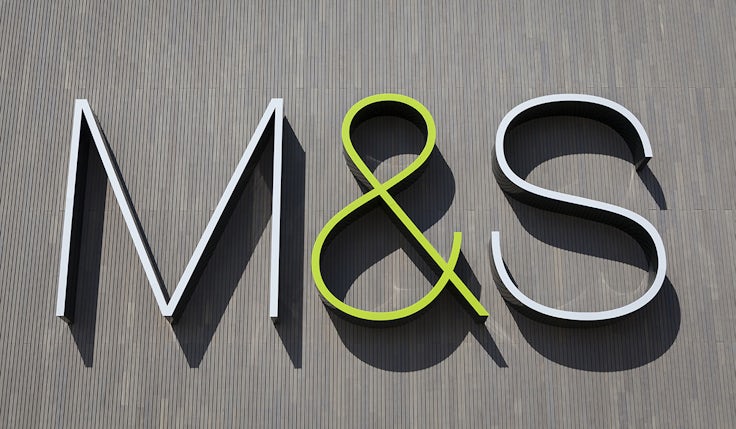M&S to steer clear of ‘tricksy’ pricing to focus on value perception
M&S enjoyed a strong year as it kept its promotions “very limited” and continued to boost style, value and quality perceptions.
 Marks & Spencer says to be the most trusted retailer it must avoid “tricksy” pricing and continue its “first price, right price” strategy.
Marks & Spencer says to be the most trusted retailer it must avoid “tricksy” pricing and continue its “first price, right price” strategy.
In the past 12 months, the retailer has invested £60m in food prices and kept prices “almost flat” in clothing and home, according to M&S CEO Stuart Machin.
Speaking to media today (22 May), Machin said the retailer will maintain this strategy for the next 12 months, as well as keeping promotions “very limited” and refraining from offering lower prices to members of its loyalty and rewards programme, Sparks.
“We don’t do tricksy pricing so we won’t be doing Sparks prices, but we do want to offer the best price for the best products every day,” he added.
“We don’t think that by giving customers who are just on Sparks different special prices, and not giving those to everyone is about being a trusted retailer.”
Driving value perception
For the year ended 30 March, clothing and home sales increased by 5.2% to £402.8m, while food sales were up 13% to £395.3m.
Profit before tax and adjusting items increased 58% year-on-year from £453.3m to £716.4m.
Over the past 12 months, 80% of sales were at full price, which Machin said helped “drive value perception”. He noted that volume and value growth outpaced the market as the retailer invested in style and quality, which “resonated with customers”.
“Improved style is giving us a broader customer base,” he added.
Two years ago, M&S implemented its ‘Reshape for Growth’ strategy. Boosting style, value, and quality perceptions has been a key focus for the retailer in recent years, with the brand signing actress Sienna Miller to be the face of its womenswear as part of this mission last year.
One of the strongest areas of growth was within its lingerie business, which delivered a “record-breaking” 38% share. He emphasised that 30% of its lingerie customers are under the age of 30 – double the number from last year.
Across the businees, M&S served 1 million more customers than the previous year.
“All market share in terms of customer growth is across all demographics and all age demographics,” he said. “We have a broad spectrum of customers.”
‘Positively dissatisfied’: M&S CEO eyes personalisation improvements to further bolster performance
Machin said loyalty and personalisation are becoming more important, but the retailer has been “slower” to respond in this area and is now “playing catch-up”.
“The good news is we’re clear on what we need to do,” he said. “Our priorities are using data to provide more personalisation for customers, improving the online and the app experience, and we need to modernise our core technology infrastructure.”
In October last year, M&S’s head of brand and marketing Anna Braithwaite told Marketing Week: “As a brand [when] you’re on a journey to change perceptions and acquire new customers, you can’t just do that through personalised data targeting your current customers.”
At the time, she argued that it’s not personalisation that gives retailers the competitive advantage but how that tech is used in concert with every other aspect of the marketing activity.
Looking to the next 12 months, Machin said the company is “planning for growth”.
“We remain laser-focused on executing the plan we have in place and ruthlessly challenging on the areas that we need to grow faster on,” he said.






